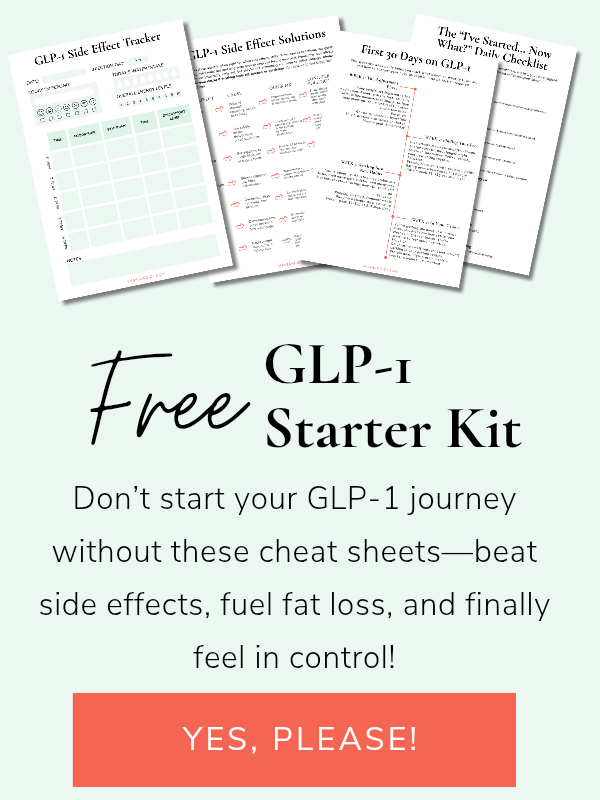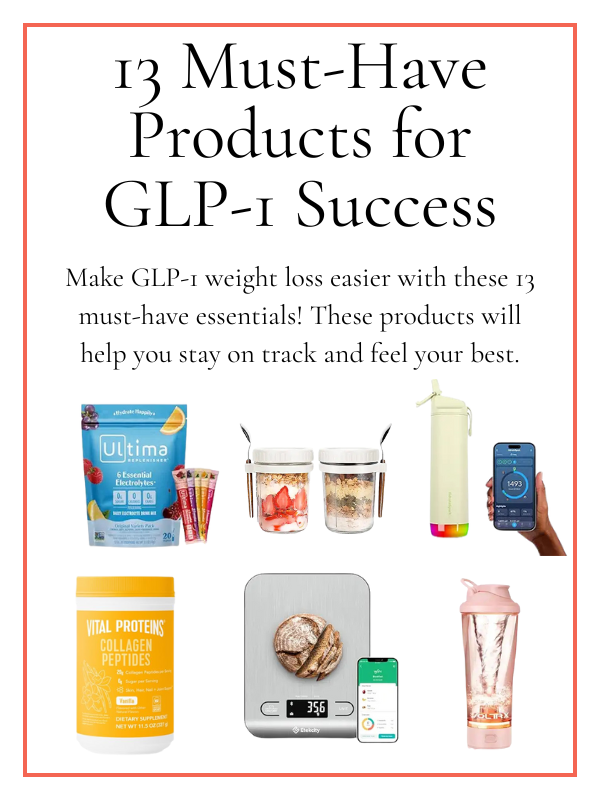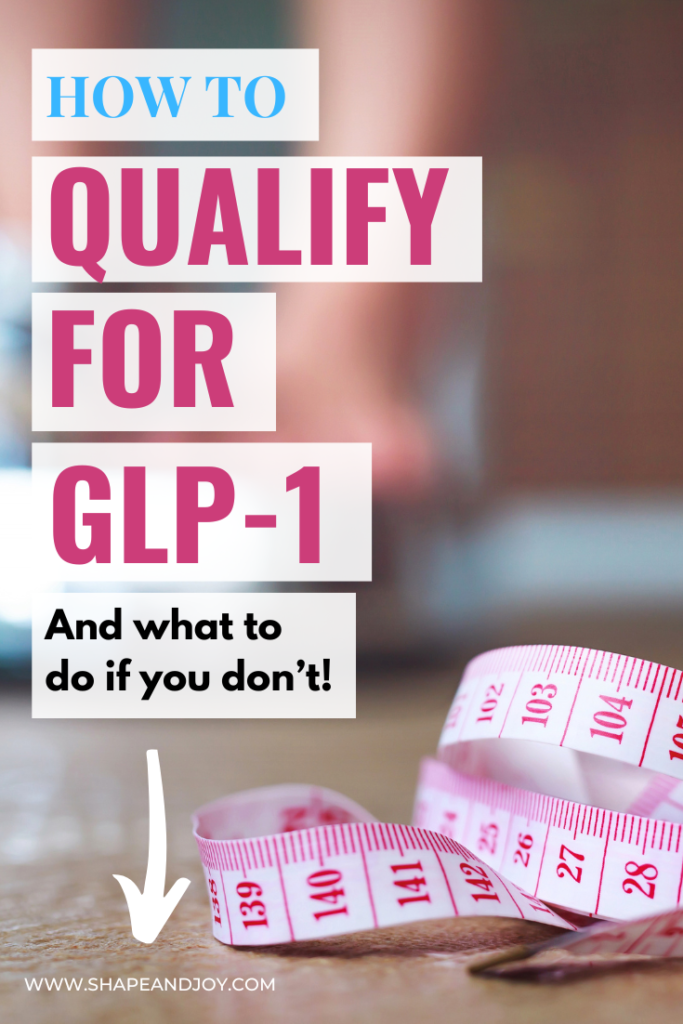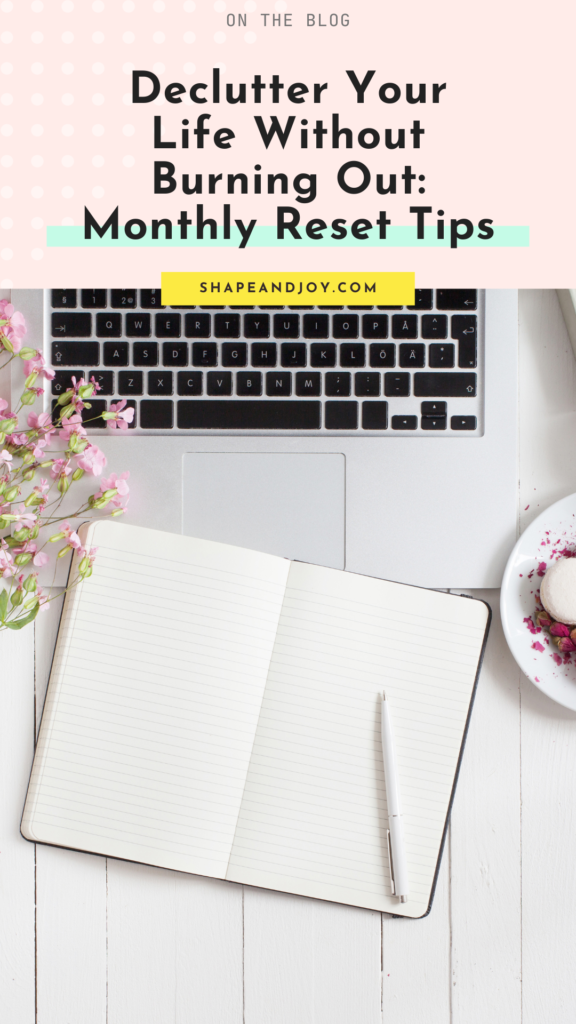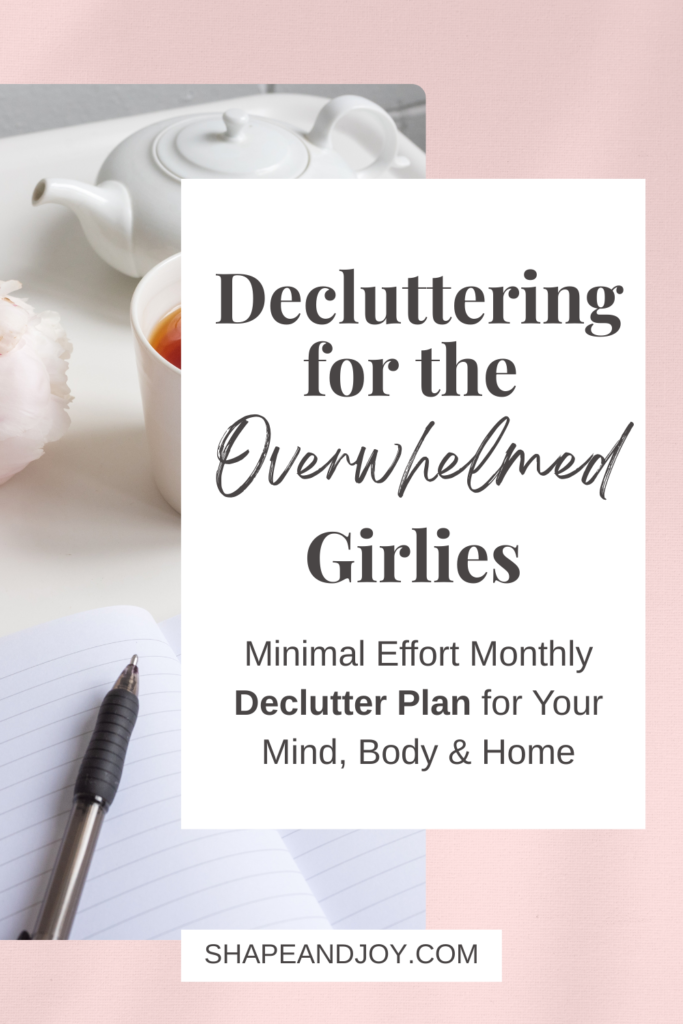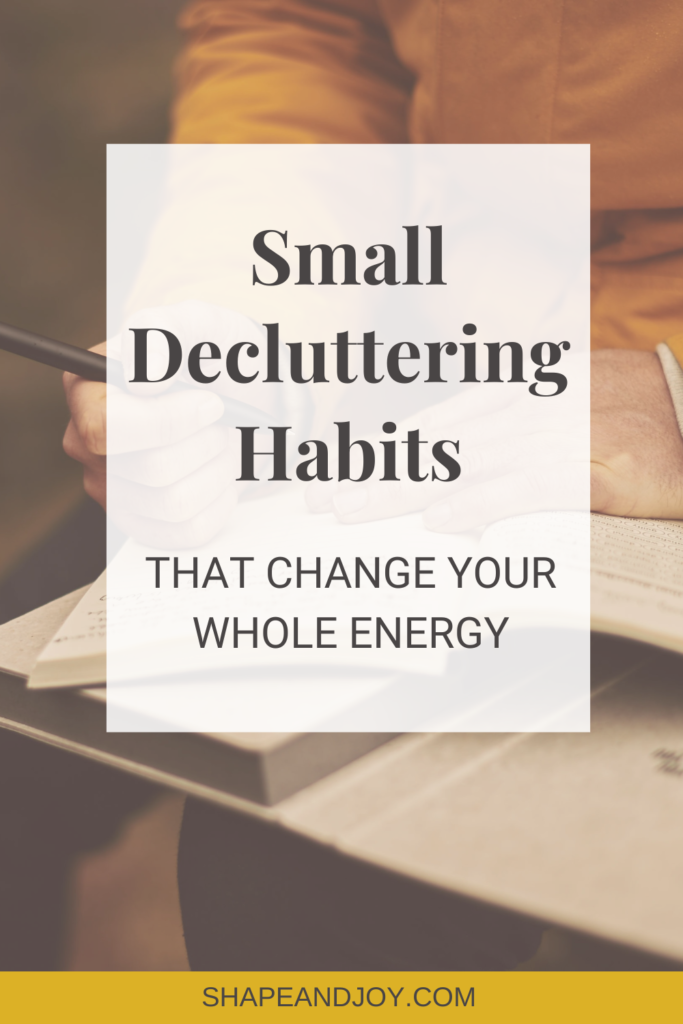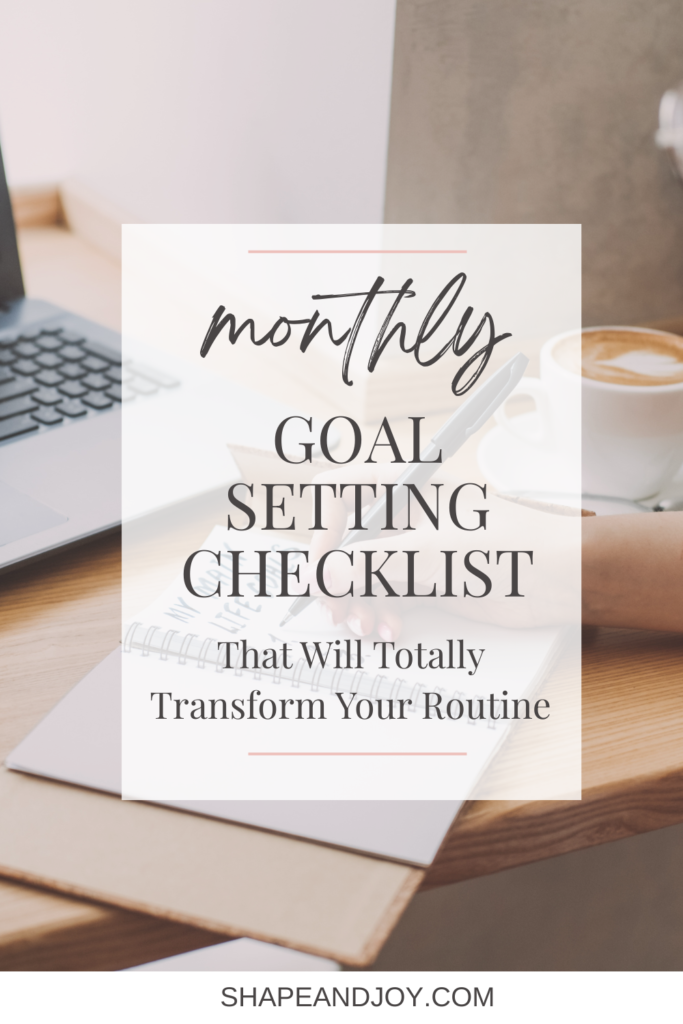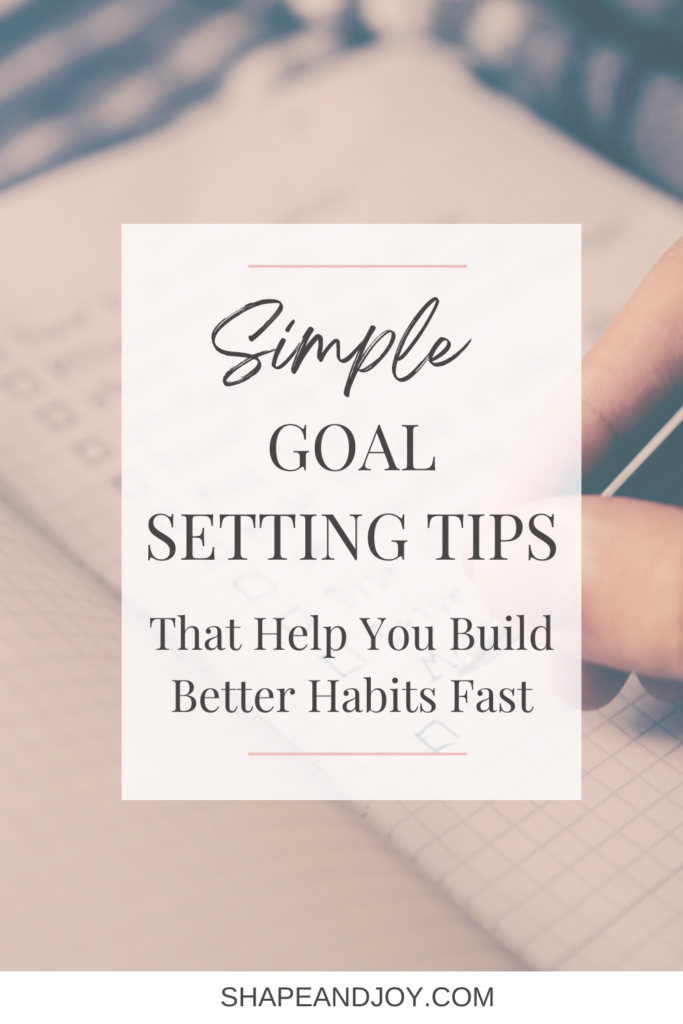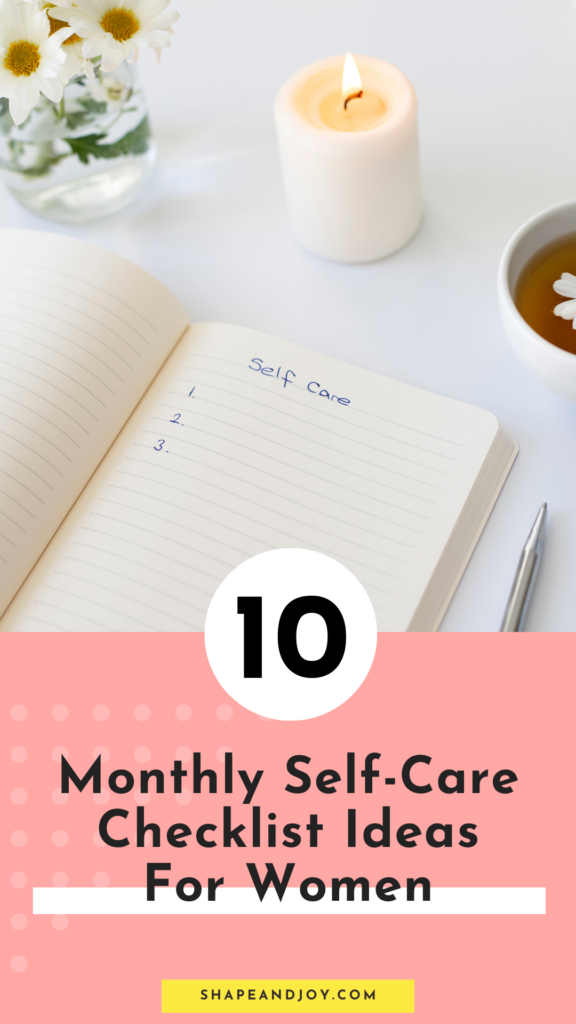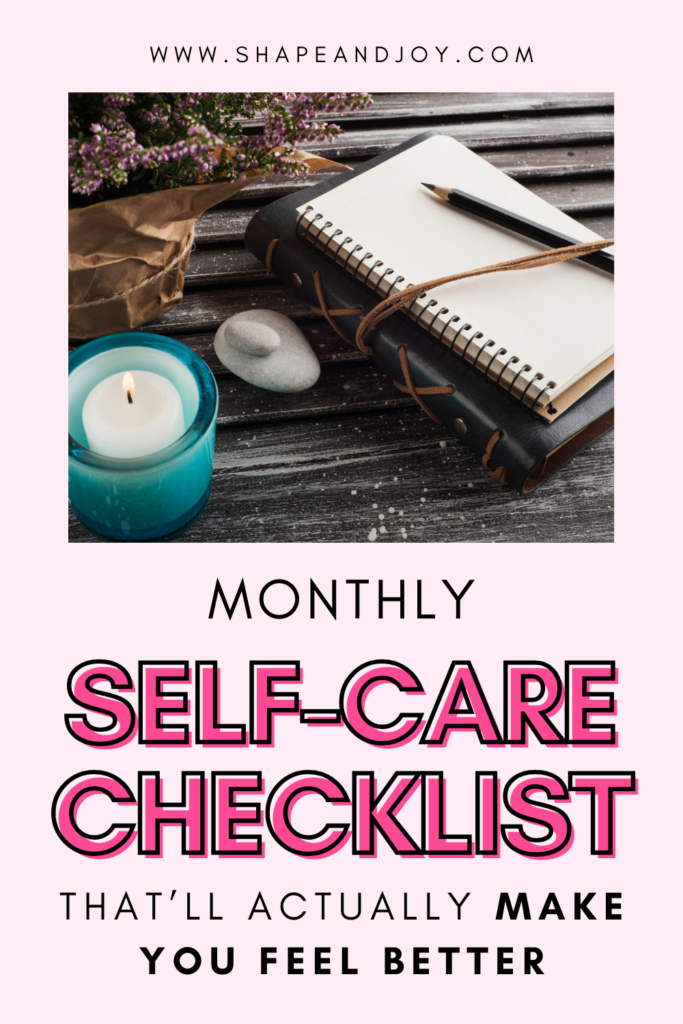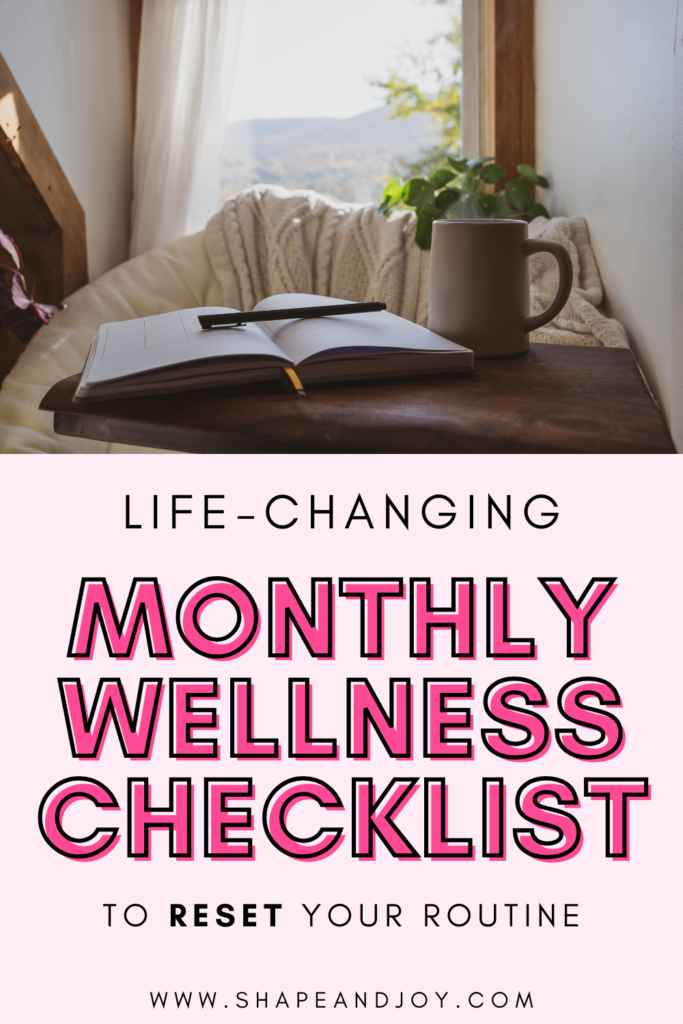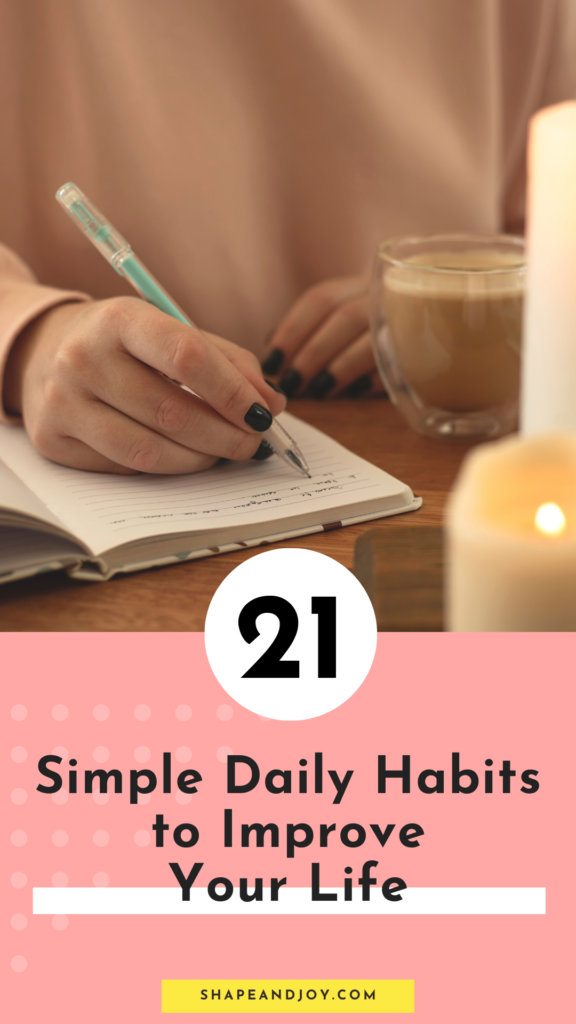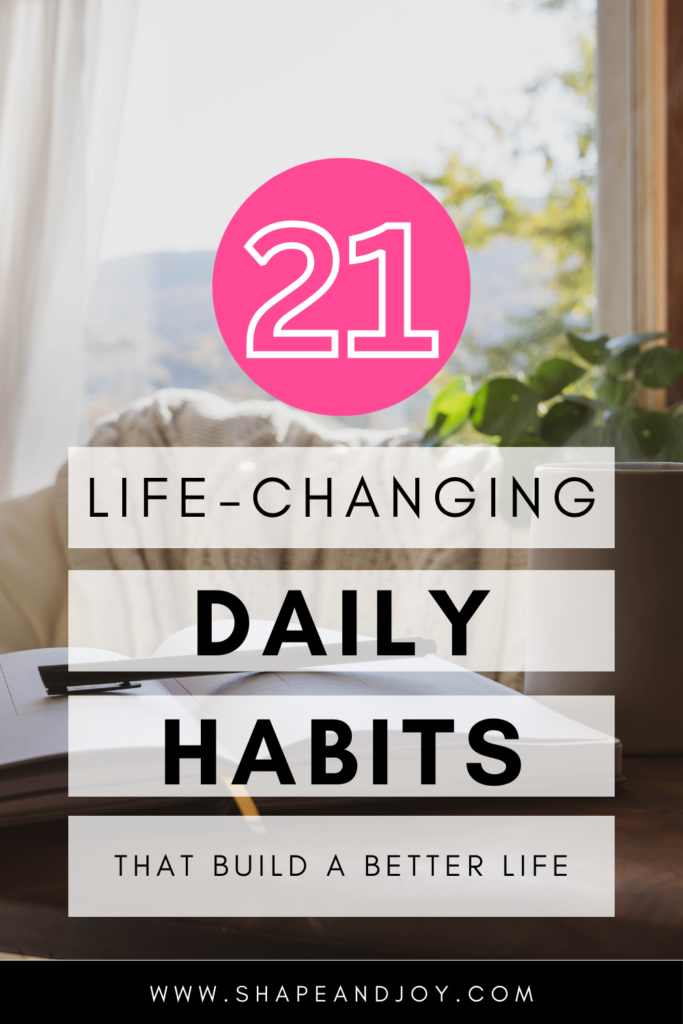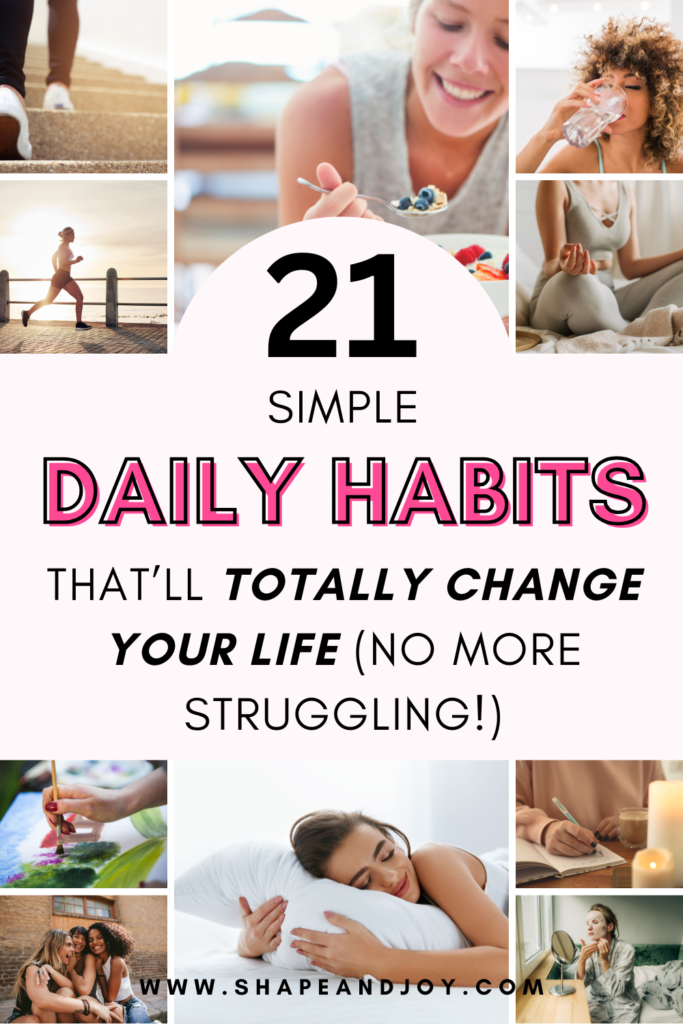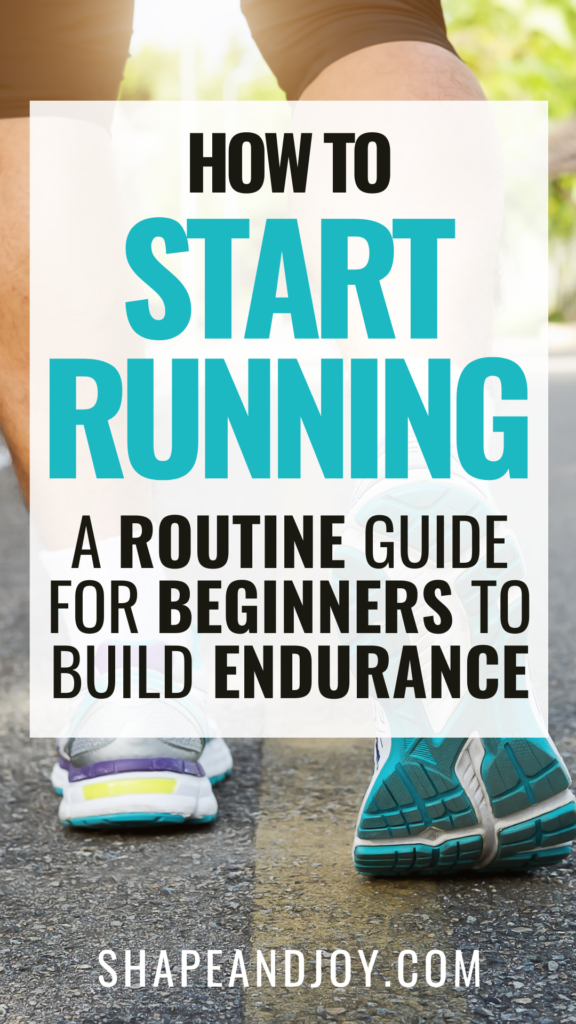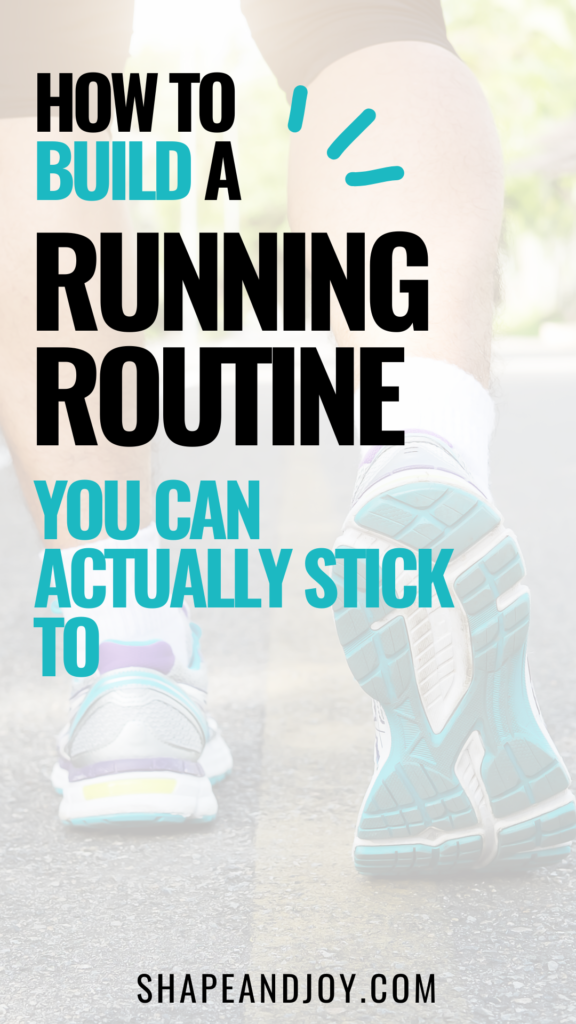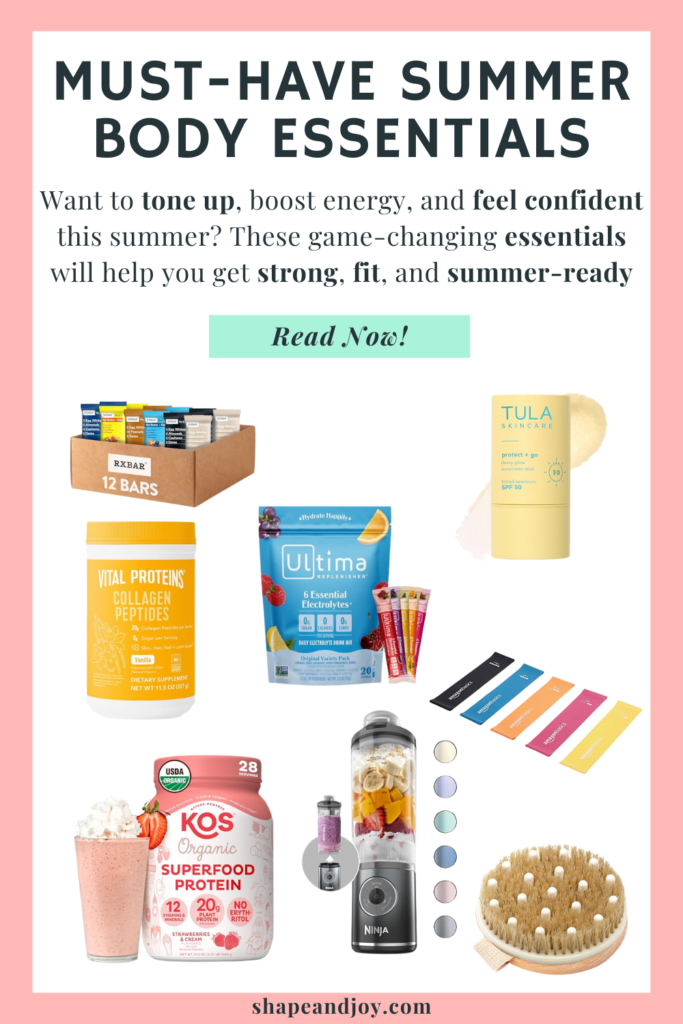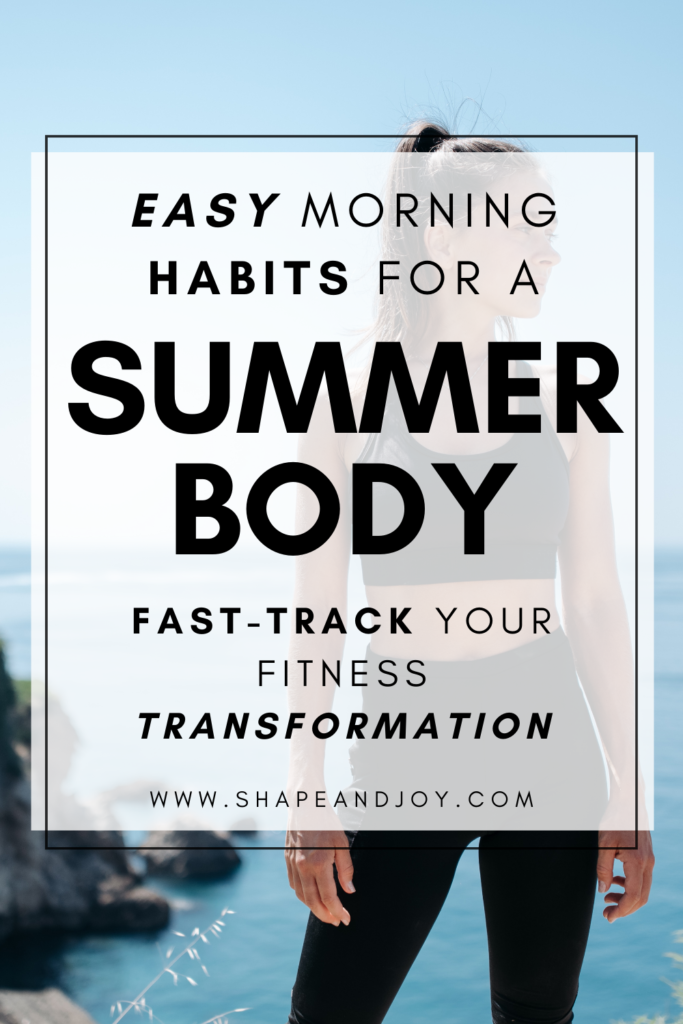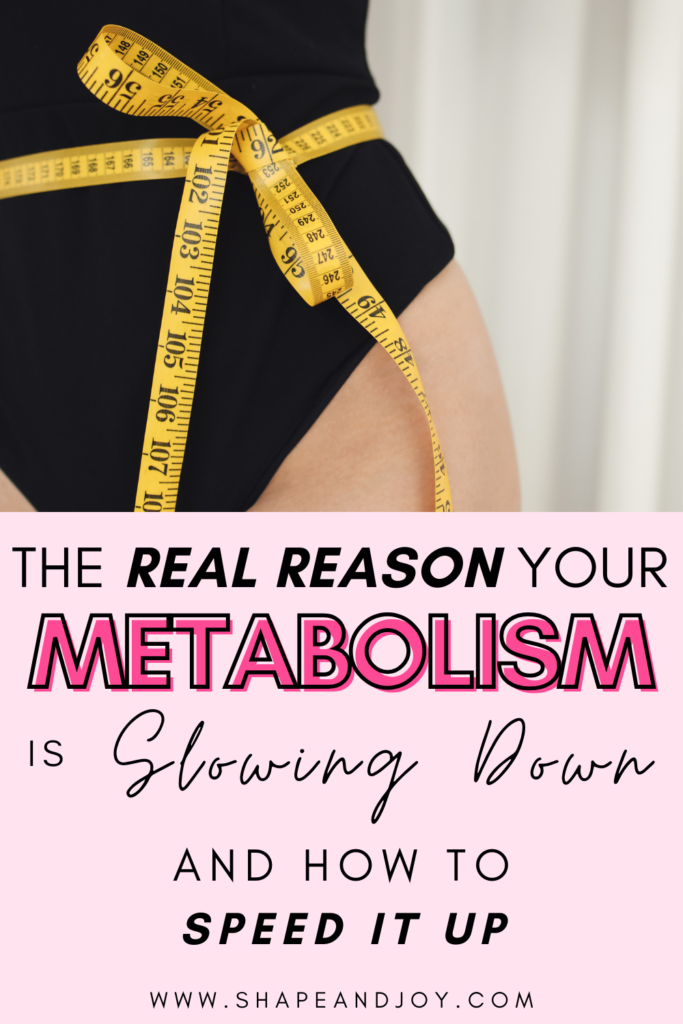The Ultimate Beginner’s Guide to GLP-1 Medications: What to Know When You Start
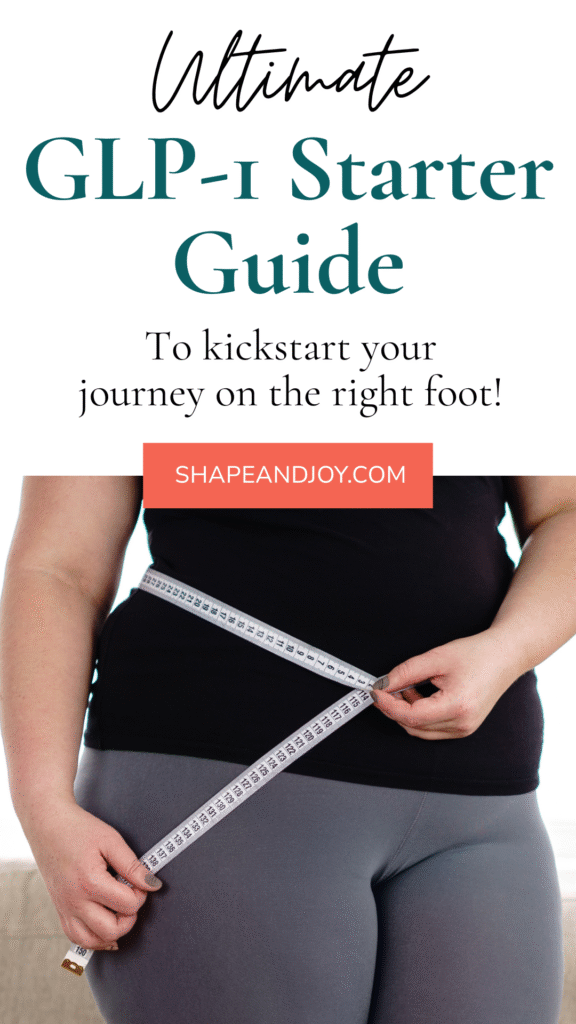
So, you’re thinking of starting a GLP-1 medication — or maybe you’ve just taken your first dose and your brain is already screaming, “Wait, should I be doing something else?” First things first: take a deep breath — you’re not behind, and you’re not alone. Whether you’re on Wegovy, Ozempic, Zepbound, Mounjaro, or just doing a deep-dive into what they even are, this guide will walk you through the essential info you need before you go any further. This is your complete Beginner’s Guide to GLP-1 Medications — so you can feel confident, informed, and ready to get real results (without the all-or-nothing nonsense).
What Are GLP-1 Medications, Really?
GLP-1s might sound like a mouthful, but at their core, they’re a group of medications that mimic a natural hormone in your body to help regulate blood sugar, slow digestion, and reduce appetite. The result? Less food noise, fewer cravings, and a whole lot more control over your eating.

But how do they actually work? What’s the difference between GLP-1 and GIP? And how does that even translate to fat loss?
Read: GLP-1 Medications 101: What They Are and How They Work
You’ll learn:
- How GLP-1 medications support fat loss and appetite control
- The science behind semaglutide and tirzepatide
Not Sure If You Qualify?
Wondering if you’re eligible for GLP-1s? This post breaks it all down — whether you’re in the UK or US — and gives you next steps if you don’t currently meet the criteria.
Read: How to Qualify for GLP-1s
You’ll learn:
- Who qualifies for GLP-1 medications and how to apply
- How access works in the UK vs the US
- What to do if you don’t qualify (yet)
Wegovy, Zepbound or Mounjaro — What’s the Difference?
Can’t decide which med is right for you? This one lays it all out — from how each works, to side effects, to access in the UK and US — so you can make the choice that actually suits you.
Read: Wegovy vs Zepbound vs Mounjaro
You’ll learn:
- The difference between semaglutide and tirzepatide
- How each medication compares for weight loss, cost, and side effects
- Which might work best for your lifestyle and goals
What the First 30 Days Actually Feel Like
Your first few weeks can be exciting, confusing, and sometimes uncomfortable. This post breaks down what to expect week by week — from side effects to energy dips to those “I’m full after three bites” moments.
Read: First 30 Days on GLP-1s: Timeline & Expectations
You’ll learn:
- What to expect during weeks 1–4 on GLP-1s
- How to manage food aversions and low appetite
- When “food noise” starts to quiet down for most people

Titration: What It Is, and Why It Matters
This is the part no one talks about — how dose increases work, and why your side effects might change every few weeks. It’s not just you. Your body is adjusting, and this post helps you do it with confidence.
Read: Titration 101: How Dose Adjustments Work
You’ll learn:
- What titration is and why it’s done slowly
- How to prep for each dose increase
- What to eat to reduce nausea, bloat, and burping
📌 Pin this for later! ⬇
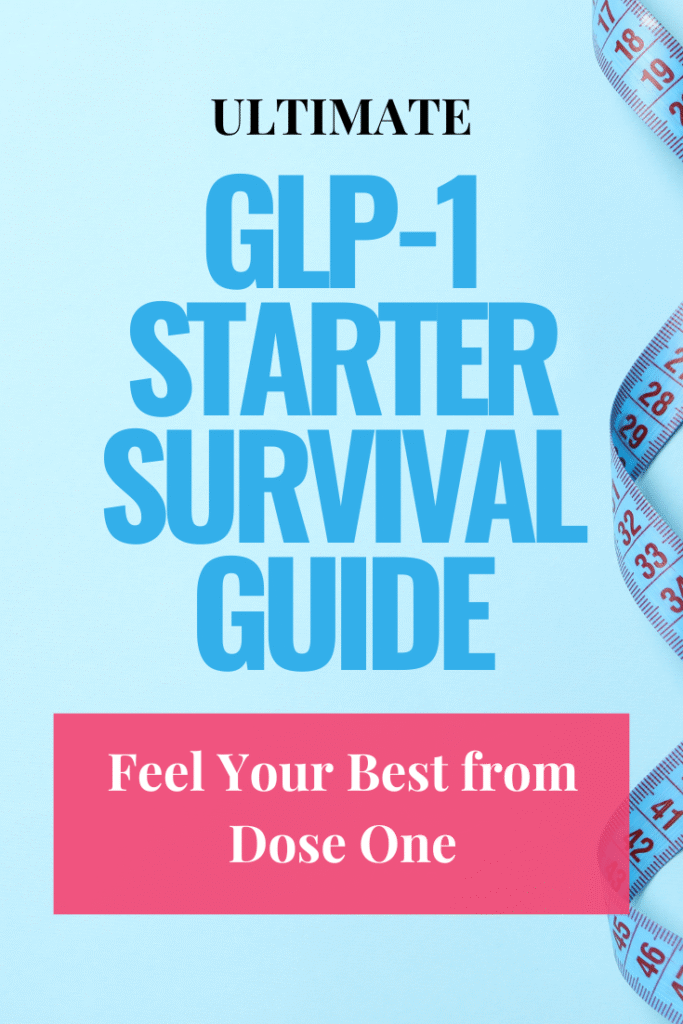
Mistakes That Sabotage Your Results (and How to Avoid Them)
There are a few mistakes that almost everyone makes in the beginning — like not eating enough protein, skipping meals, or expecting the meds to do 100% of the work. Spoiler: they won’t.
The good news? These are all fixable.
Read: 5 Common Mistakes People Make on GLP-1 Medications (and How to Avoid Them)
You’ll learn:
- How to stop weight loss plateaus before they start
- The nutrition mistakes that can make side effects worse
- Why mindset and habit-building still matter (a lot)
Your GLP-1 Starter Pack: Tools to Make the Journey Easier
You don’t need to spend hundreds, but the right tools can make a huge difference — think: protein-rich meal prep, bloat-busting teas, anti-nausea tricks, and small daily habits that keep you consistent.
Read: 13 GLP-1 Must-Haves to Make Fat Loss Easier (and Faster!)
You’ll learn:
- The must-have products that make side effects easier to manage
- My favourite no-fuss GLP-1 meal planning tools
- The one supplement I swear by for gut support
Supplements That Actually Help (and Which Ones to Skip)
Feeling tired? Struggling with muscle retention? GLP-1s lower appetite — and that can make it tough to get all the nutrients your body needs. This guide walks you through what’s worth adding in, and what’s probably just hype.
Read: The Best GLP-1 Supplements for Energy, Muscle & Health
You’ll learn:
- The most effective supplements for energy, digestion, and sleep
- How to support muscle retention with nutrition
- My go-to stack for staying energised (even on low appetite days)
Want Better Results? Focus on These 5 Things
The medication helps — but it’s the habits you build alongside it that really shape your results long-term. This post breaks down five simple but powerful strategies that will set you up for fat loss success.
Read: How to Get the Best Results on GLP-1 Medications: Tips for Success
You’ll learn:
- The most effective habits to complement GLP-1 medications
- How to build a high-protein, nutrient-dense diet
- The role of exercise and how to avoid muscle loss

Final Thoughts: Start Strong and Stay Empowered
GLP-1s can be life-changing — but they’re not magic. They’re a tool. And like any tool, how you use it matters more than what brand it is.
You don’t need to be perfect. You don’t need to earn your success. You just need to start with the right knowledge and build from there.
Start here → Grab My Free GLP-1 Kickstart Bundle – Inside you’ll get meal planning ideas, habit-building tips, mindset support, and more.
You’re doing the hard part. And you’re doing it brilliantly.
Let’s make it sustainable, powerful, and yours.
📌 Pin this for later! ⬇


